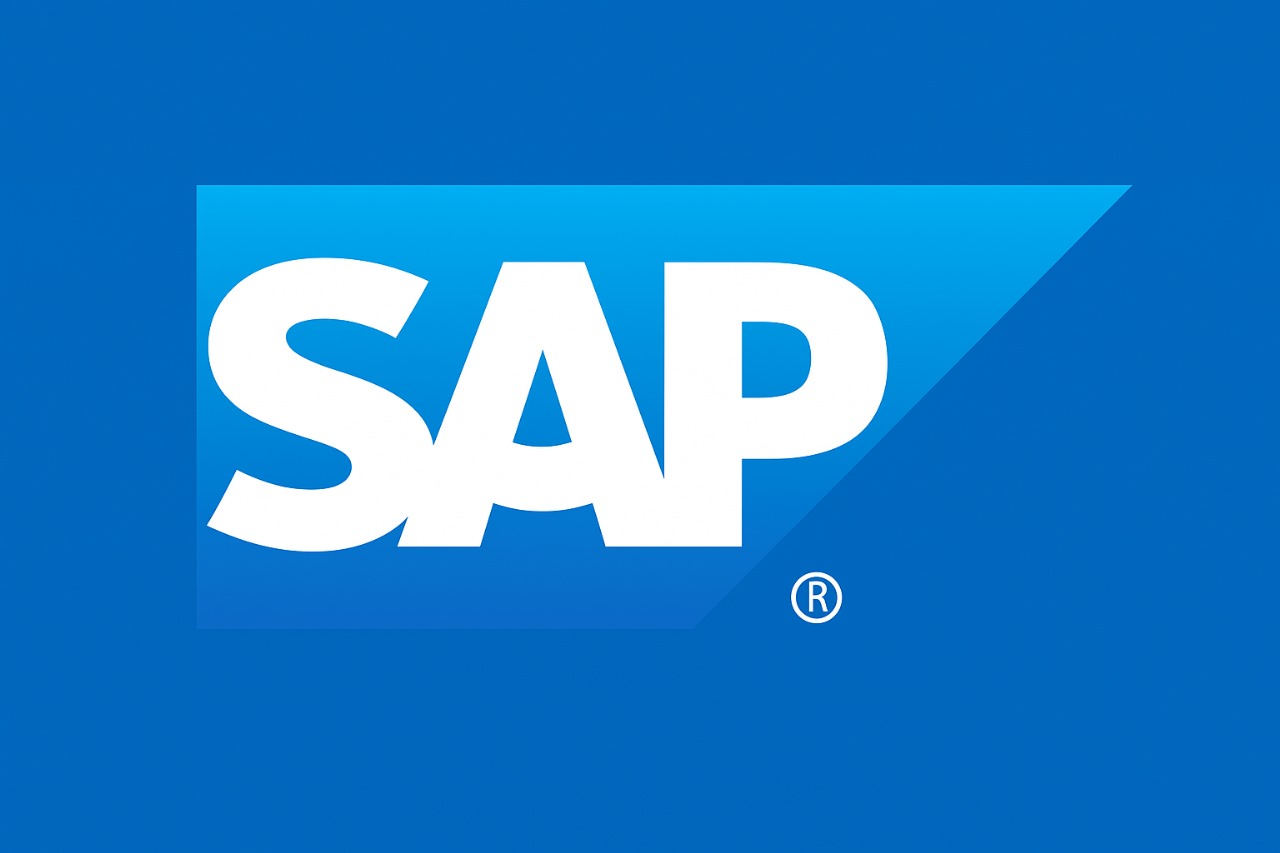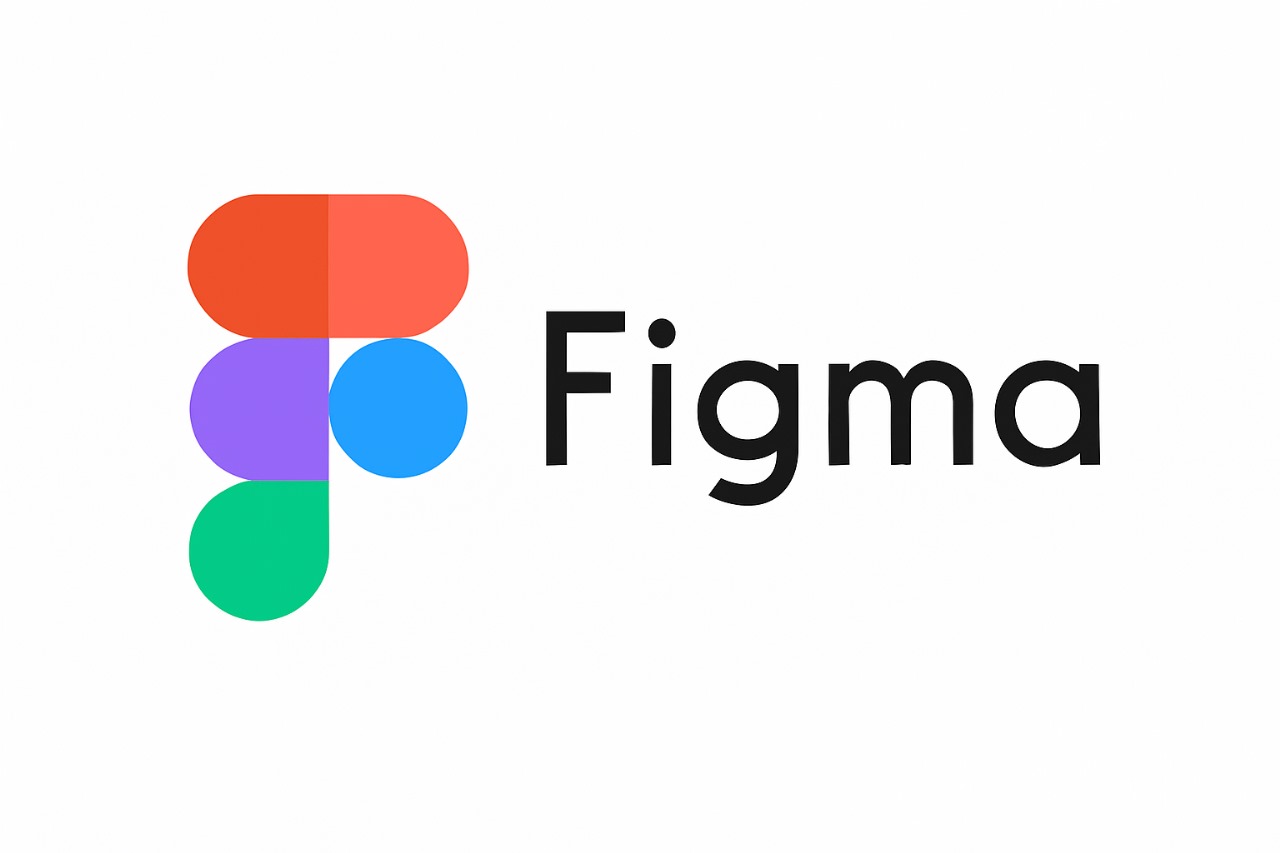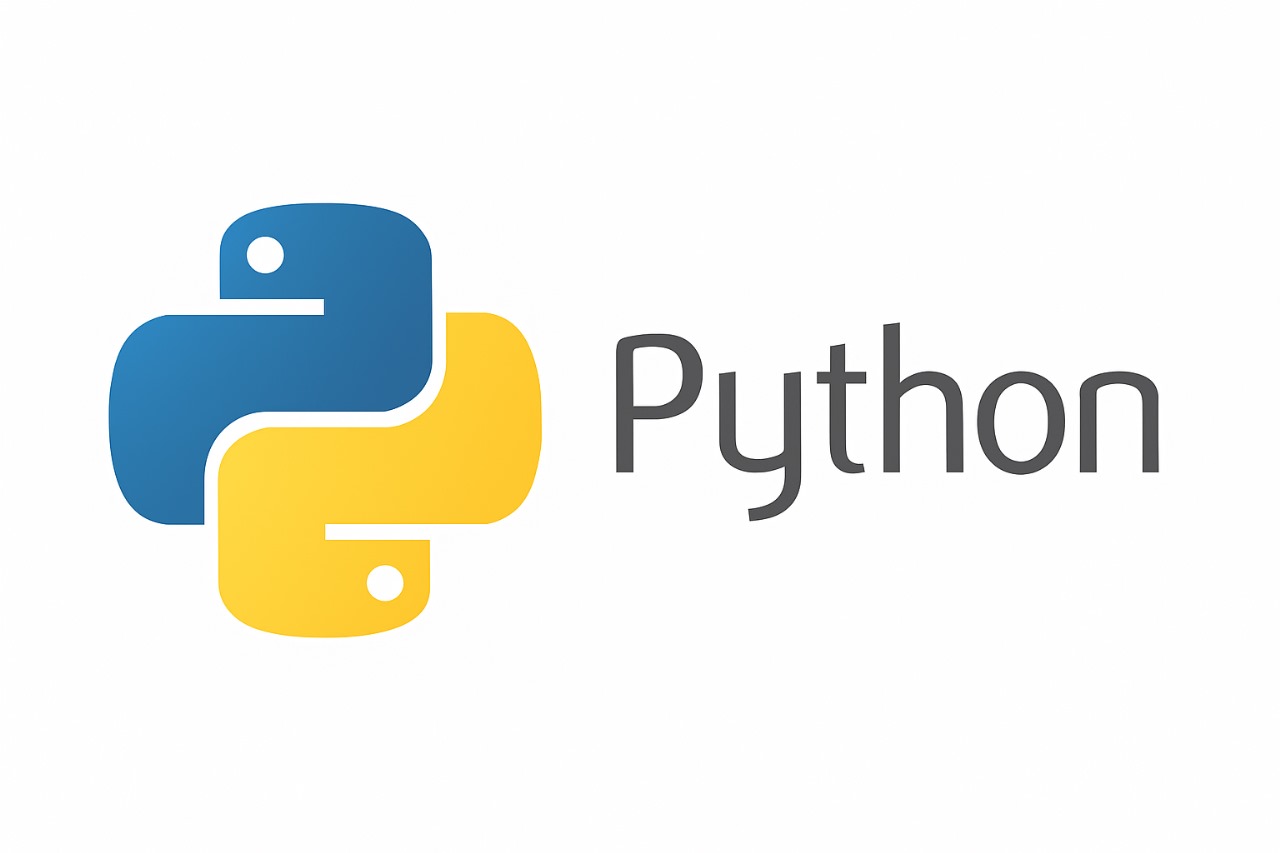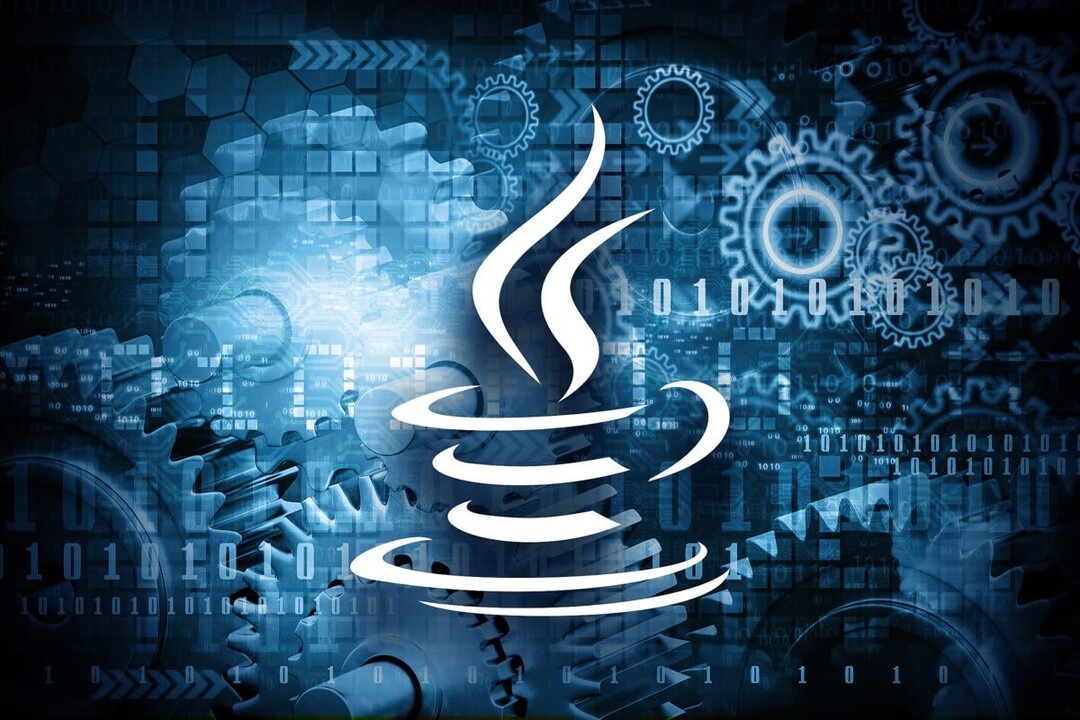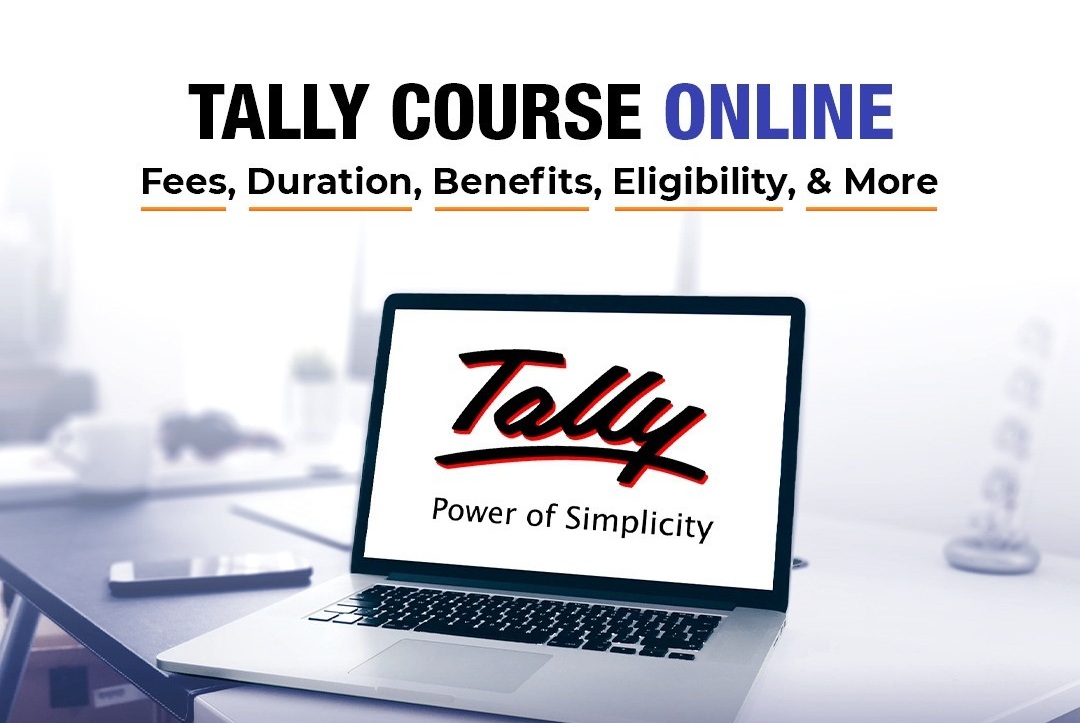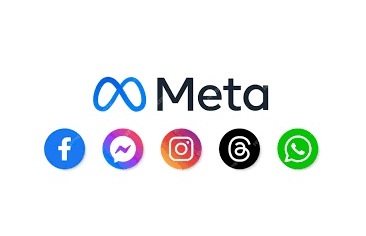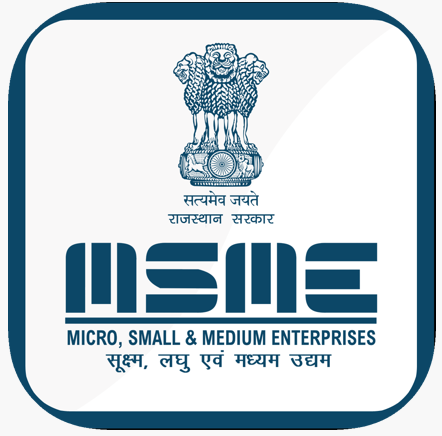GST Technologies
SAP FICO
✅ SAP FICO Syllabus – Detailed Module Breakdown
🟢 1. Introduction to SAP & ERP
- What is ERP?
- Overview of SAP and its architecture
- SAP Modules Overview (MM, SD, PP, HCM, etc.)
- Real-time project environments
- SAP GUI and navigation
- Organizational structure in SAP (Company, Company Code, Business Area)
📘 PART A: SAP FI – Financial Accounting
🟢 2. Enterprise Structure in FI
- Definition of organizational units in SAP FI
- Company
- Company Code
- Business Area
- Functional Area
- Assigning organizational elements
🟢 3. General Ledger (G/L) Accounting
- Chart of Accounts (COA)
- Types of COA: Operating, Group, Country
- Creation of G/L accounts (FS00)
- Account groups and field status
- G/L master data customization
- Document types, number ranges
- Posting general ledger transactions
- G/L Reporting
🟢 4. Accounts Payable (AP)
- Vendor master data (creation & management)
- Vendor account groups and number ranges
- Purchase to Pay cycle integration with MM
- Invoice posting (FB60, MIRO)
- Vendor payment process (manual and automatic - F-53, F110)
- Credit memos
- Special G/L transactions (down payments, bills of exchange)
- Withholding tax (TDS) configuration
- Vendor aging report (FBL1N)
🟢 5. Accounts Receivable (AR)
- Customer master data (creation & management)
- Customer account groups and number ranges
- Order to Cash cycle integration with SD
- Incoming payments (manual and automatic - F-28)
- Dunning configuration (Correspondence for overdue payments)
- Credit memos, discounts
- Special G/L transactions (down payments, security deposits)
- Customer aging report (FBL5N)
🟢 6. Asset Accounting (AA)
- Overview of Asset Accounting
- Organizational structure for asset accounting
- Chart of depreciation & depreciation areas
- Asset classes and master data
- Asset transactions:
- Acquisition (F-90, ABZON)
- Transfer (ABUMN)
- Retirement (ABAVN)
- Sale with Customer (F-92)
- Depreciation run (AFAB)
- Asset reports and year-end closing
🟢 7. Bank Accounting
- House Bank and Account ID configuration
- Bank Master Data (FI12)
- Electronic Bank Statement (EBS)
- Manual bank transactions (F-28, F-53)
- Lockbox and bank reconciliation
- Automatic payment program (APP – F110)
- Cash journals and check management
🟢 8. Special Purpose Ledger
- Overview and configuration
- Creating special ledgers
- Reporting through special purpose ledger
🟢 9. Taxes in SAP (GST/VAT/TDS etc.)
- Country-specific tax configurations
- Input and output tax configuration
- Tax codes and condition techniques
- GST or VAT integration
- TDS Configuration (withholding tax types, codes, keys)
- Reverse charge mechanism
🟢 10. Integration with Other SAP Modules
- MM (Procure to Pay)
- SD (Order to Cash)
- Asset Management
- Controlling (CO)
- HR & Payroll (if applicable)
📘 PART B: SAP CO – Controlling
🟢 11. Cost Element Accounting
- Primary and Secondary cost elements
- Manual & automatic creation
- Mapping FI expenses to CO
🟢 12. Cost Center Accounting
- Cost center hierarchy
- Creating cost centers & groups
- Planning and posting costs
- Actual vs Planned reporting
🟢 13. Internal Orders
- Creating internal orders
- Order types
- Planning, budgeting & settlement
- Real-time integration with cost centers
🟢 14. Profit Center Accounting
- Profit center hierarchy
- Creating profit centers
- Assigning to organizational units
- Reporting by profit centers
- Realignment and assessment cycles
🟢 15. Profitability Analysis (CO-PA)
- Costing-based vs Account-based COPA
- Operating concern configuration
- Value fields, characteristics
- Derivation rules and report generation
🟢 16. Product Costing
- Cost object controlling
- Product cost planning (BOM, routing, costing variants)
- Cost estimate runs
- WIP (Work in Progress) calculations
- Variance analysis
GST TECHNOLOGY
